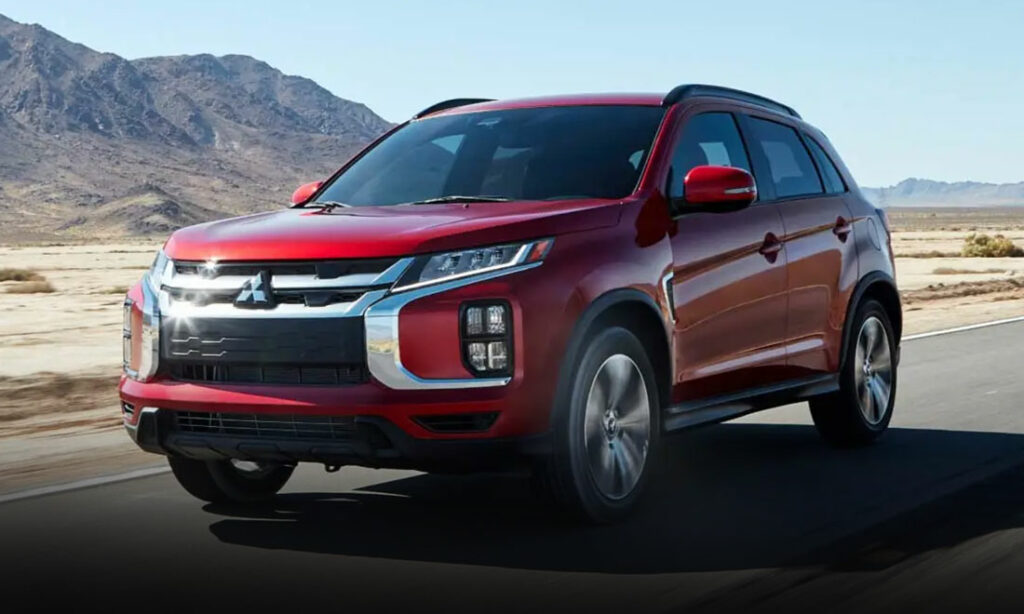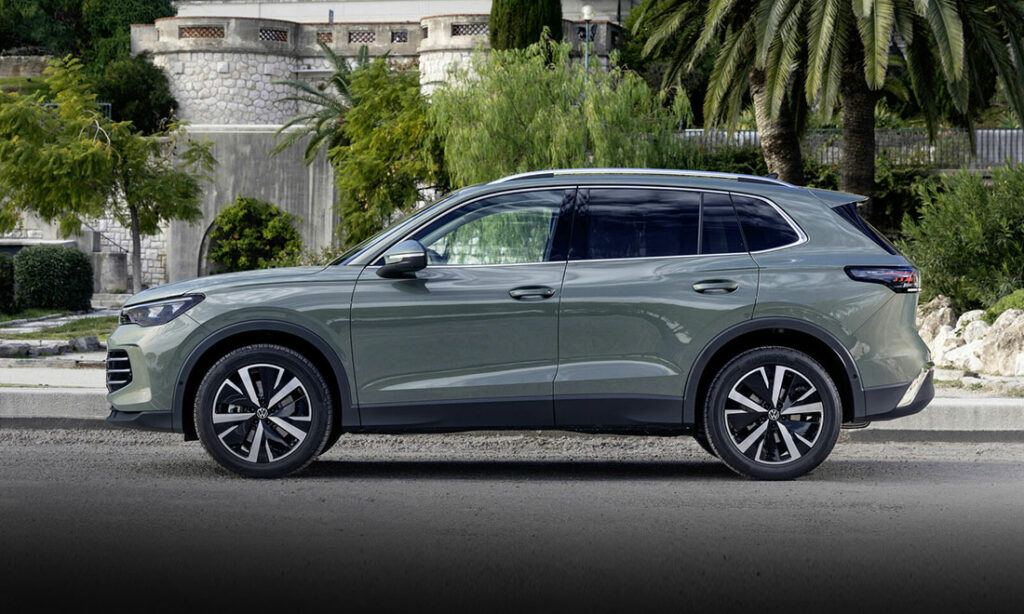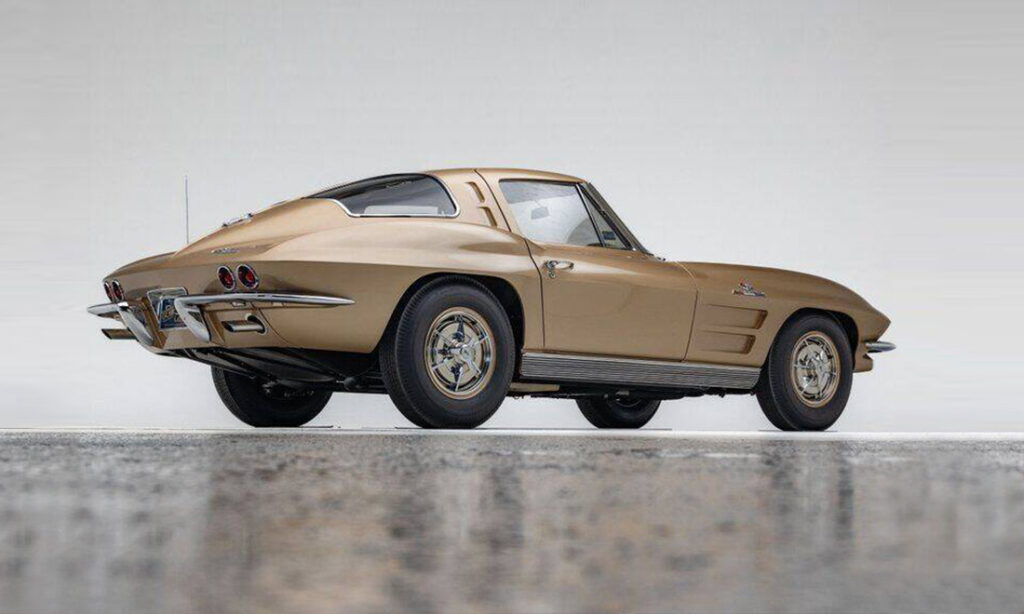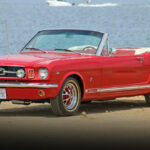Retro Review: Pontiac Firebird
One of the original pony cars, the Pontiac Firebird blazed its own unique trail to later become a movie icon.
Pony Up
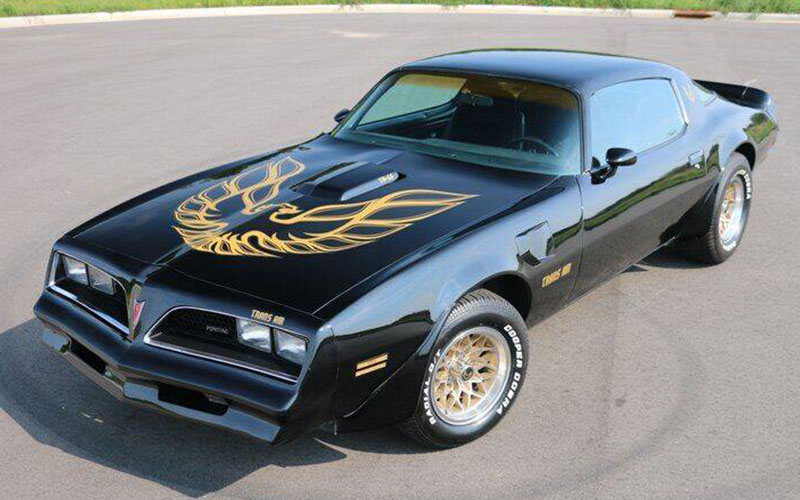
1977 Pontiac Firebird Trans Am – carsforsale.com | Shop Pontiac Firebird on Carsforsale.com
The Pontiac Firebird that lives on our collective imaginations is the 1977 Special Edition Trans Am with its black and gold paint job, namesake decal emblazoned on the hood, and a knavishly smiling Burt Reynolds behind the wheel. But the Firebird’s story is much more than just its immortalization in Smoky & the Bandit (which you can read about in detail here). The Firebird is one of the few cars, along with the Mustang and Corvette to survive from the muscle car heydays and into the modern era, and its story is a microcosm of the grander arc of American performance cars.
Consolation Prize Pontiac
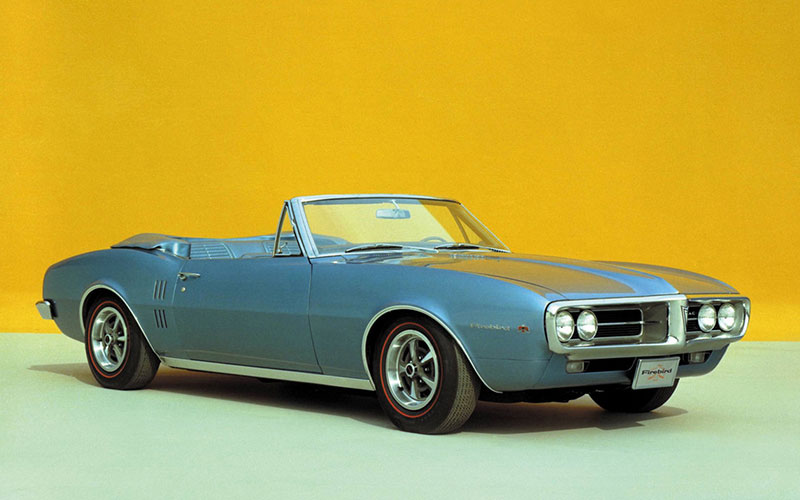
Back in the late 1960s, GM was hard at work coming up with a competitor to Ford’s new Mustang. Their answer was the Chevrolet Camaro, and it was thought that Pontiac would want to release a similar car alongside it. But John DeLorean, then head of the Pontiac division had his own Banshee, a sporty two-seater concept, which he felt would be a better choice. GM executives worried that the Banshee would compete too closely to their own Corvette. And so, six months after the release of the Camaro in 1967, Pontic came out with their own 2+2 pony car, the Firebird.
Real Performance
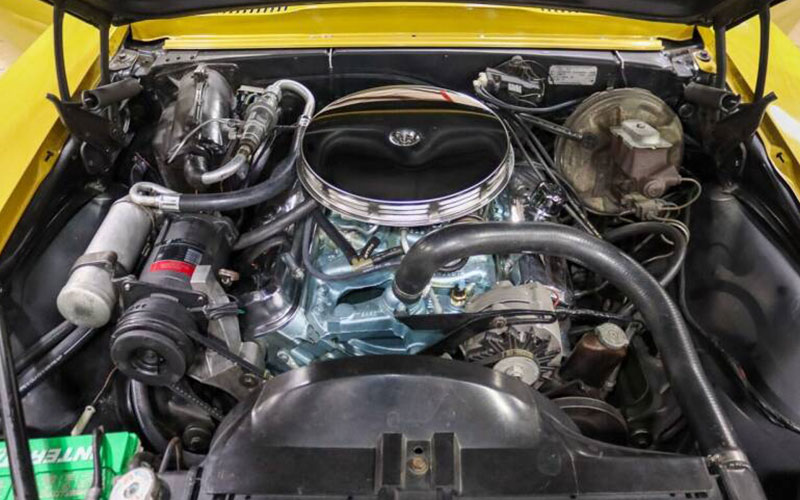
The Pontiac Firebird would see four generations across a swath of 35 years spanning from 1967 to 2002. The first-generation Firebird borrowed the split grille design of the GTO and the chassis and body paneling of the Camaro. Yet, the Firebird had no trouble distinguishing itself as a serious performance player in the same league as the Camaro and Mustang.
Initial engine options included a base 3.8L inline six-cylinder with either 165 or 205 horsepower depending on which carburetor was equipped. Then there were two V8 options, a 5.3L with either a two-barrel carb at 250 hp or a High Output (HO) four-barrel version at 285 hp. The top 6.6L V8 produced 325 horsepower. In 1968, a 5.7L replaced the 5.3L, upping output to 265 hp (two-barrel) or 320 hp (HO version). A Ram Air version was offered with functional hood scoops and upgraded heads and valve springs for improved air flow, though performance numbers remained the same.
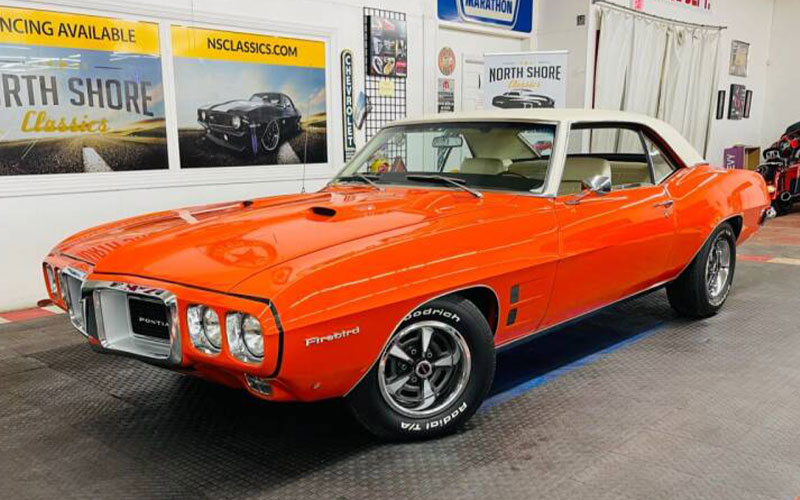
In 1969, the Firebird received minor updates to the front and rear ends and the new Ram Air IV improved performance to 345 horsepower. This was also the first year of the Trans Am trim package, 8 of which were produced as convertibles.
Trans Am Icon
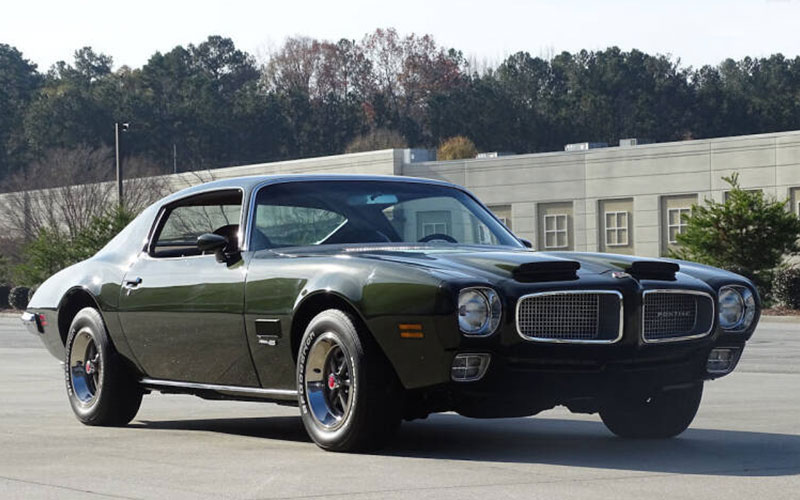
The second-generation of the Firebird is the one we most remember. And for good reason. The second generation stretches from 1970 all the way to 1981 and encompasses some of the model’s highest and lowest points. A major redesign gave the Firebird a sleeker look that included new recessed headlights and a long sloping rear window and deck that terminated at the end of the trunk.
The 1970 Trans Am was blessed with a new shaker hood scoop that fed the Ram Air II engine (standard on the Trans Am). The optional Ram Air IV upped output to an impressive 370 horsepower, but these were limited to just 88 examples. Even rarer was the Ram Air V which incorporated solid lifters and tunnel port heads for a full 500 horsepower.
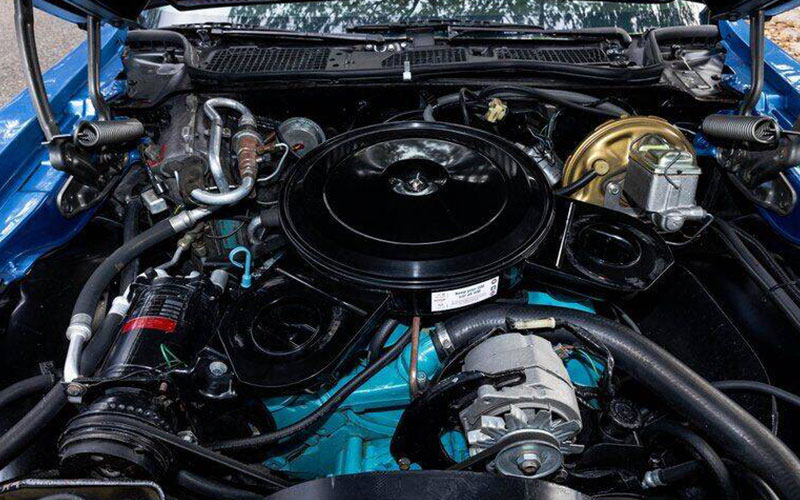
The Ram Air Trans Ams were to be the peak of Firebird performance for a long time to come. The 1971 model dropped the 400 Ram Air V8s with a new 400 V8 and a new 455 V8. With new emissions regulation coming, the days of high displacement and high output were numbered. By ’72, things weren’t looking great for the Firebird. A 174-day strike limited production, engine options were reduced to just the 400 and 455 V8s, and interest in muscle cars was waning. The final true performance Firebird was the ’73 Super Duty 455 V8 with 310 horsepower.
The 1974 model year saw major changes to the Firebird. Heavier federally required bumpers and the introduction of unleaded fuel put a further damper on performance, though the Super Duty V8 remained. This was also the model year featured on the Rockford Files television show starring actor (and big car guy) James Garner. You can read more about Garner and other actors with a passion for racing here.
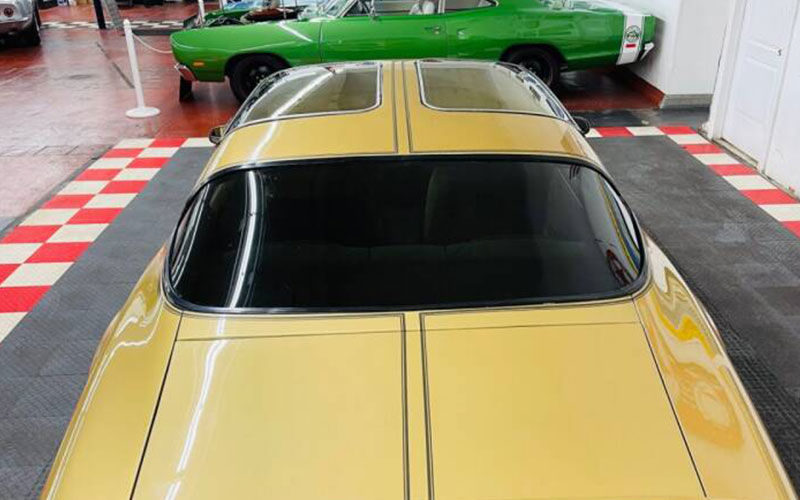
The Firebird continued to evolve from year-to-year. The ’75 model would drop the Super Duty V8 leaving instead the 455 (HO) V8 from the Pontiac Bonneville with and anemic 200 horsepower. The 1976 model didn’t change much mechanically but did add a new feature, T-tops. Sales crested above 100,000 units.
The 1977 model is, as noted above, the best remembered Firebird thanks to Smokey and the Bandit. It received a significant design overhaul that year that gave the car a sharper, meaner look (and some dope-looking recessed quad headlights). V8 options included either the Oldsmobile 403 or Pontiac 400. The lower trim Esprit and Formula made do with a 4.9L V8 making just 135 horsepower. Even so, sales boomed for the ’78 and ’79 model years.
The final two years of the second generation weren’t kind to the Firebird. Engine options were reduced to just a 4.9L turbocharged V8 best known for extremely laggy performance and a top rating of 210 horsepower. Sales took a hit as a result.
Malaise Era
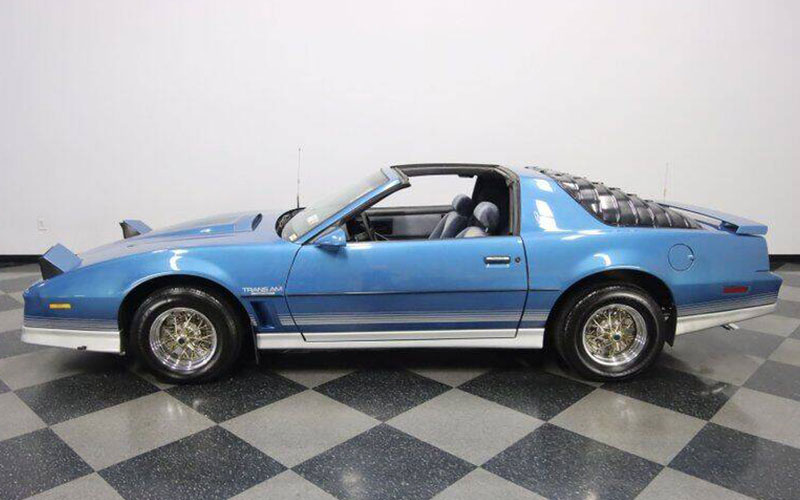
The third-generation Pontiac Firebird saw a major redesign that included a new hatchback body style and pop-up headlights. Pontiac engines were no longer part of the equation, leaving the Firebird to rely on Chevy motors. Increasing pressure for greater fuel economy and lower emissions meant another big to performance. This meant changes like the new base engine, the now infamous “Iron Duke” 2.5L inline-four making a grand total of 90 horsepower. The 2.8L V6 option wasn’t all that much better at just 105 horsepower. The 5.0L V8s made 145 hp or, in the case of the “Cross Fire” injection version, a maximum 165 horsepower.
Things improved slightly with the introduction of port fuel injection in 1985. This upped the Firebird’s power to above 200 hp. A 20th-Anniversary Edition in 1989 borrowed the 3.8L turbo V6 from the Buick Grand National and GSX, netting a healthy 250 horsepower. Super cool, right? Sadly, this was gone the following year.
LS Horsepower
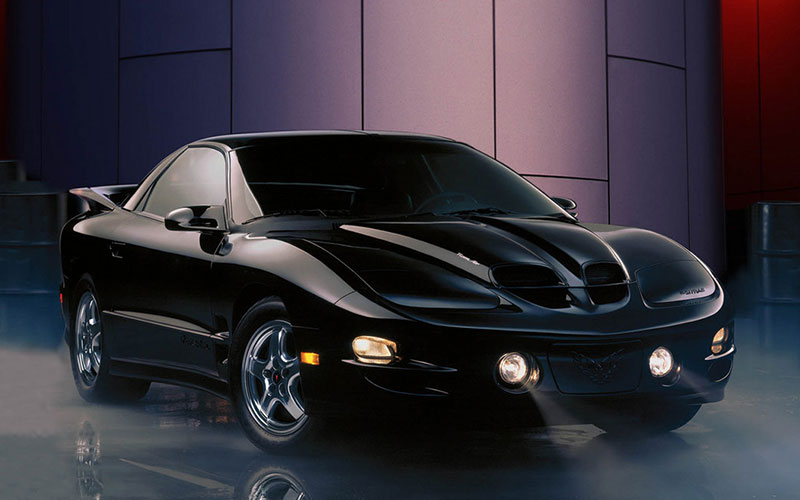
2001 Pontiac Firebird – netcarshow.com | Shop Pontiac Firebird on Carsforsale.com
The fourth-generation Firebird got another big redesign in 1993 that updated the car’s looks with a new aerodynamic body. Other updates included a new suspension and the addition of rack-and-pinion steering. The new base engine was a 3.4L V6 with 160 horsepower while a new LT1 5.7L V8 finally returned the Firebird to sub-six second runs from zero to sixty (now 5.6 seconds). In 1996, a new WS6 version of the LT1 was added to the Formula and Trans Am trims (coupe only). This version of the V8 produced 305 horsepower. Things got even spicier for the ’98 model which got new LS1 and LS1 WS6 V8s making 305 hp and 325 hp respectively. 2002 would be the final model year for the Firebird, with the only thing of note being a 35th-Anniversary Edition with a snazzy yellow paint job.


